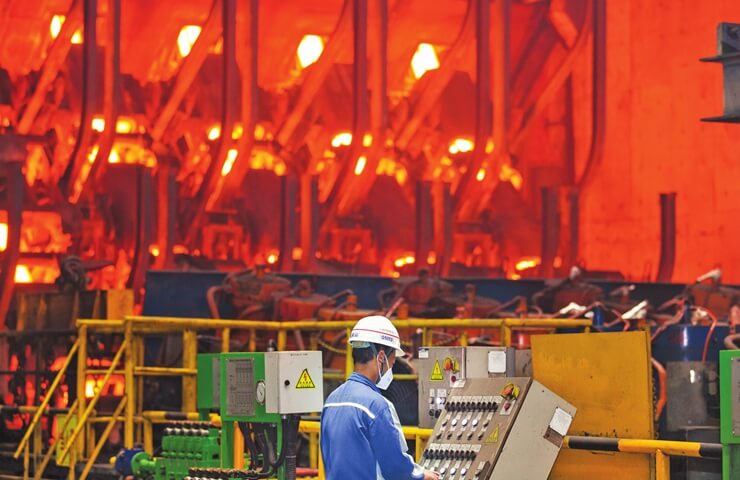The growth follows a series of economic stimulus measures announced by China's National Development and Reform Commission (NDRC) ahead of the Golden Week holiday period (October 1-7). The main goal of the measures is to stimulate growth in the real estate sector within the country.
The People's Bank of China (PBOC) cut interest rates by 0.2 percentage points as down payments for second home buyers fell from 25% to 15%. Local authorities will also receive funding under the measures, allowing them to buy unsold homes and convert them into subsidized housing. In addition, plans were developed to improve credit liquidity in both the banking sector and the stock market.
The economic stimulus package provided an immediate and much-needed boost to the domestic steel industry. This has led to a surge in Chinese futures trading for both hot-rolled coils and rebar.
Significant price increases
MEPS respondents in traditional export markets for Chinese steelmakers reported that price quotes rose “significantly” during pre-holiday negotiations. Chinese steel producers have announced price increases of US$60-70 per tonne in many export markets, including Vietnam.
Steel producers in many parts of the world have sought to capitalize on rising export supply by raising their own list prices.
In Europe, ArcelorMittal raised its coil offers by €40 a tonne and other regional steelmakers followed suit in a bid to boost their profit margins. At worst, recent factory initiatives appear to have created a price floor across the continent.
In contrast, most steel producers in East and Southeast Asia took a “wait and see” approach during the National Day holiday in October. Many MEPS respondents expect these manufacturers to also raise their price offers in upcoming negotiations.
Is the price increase sustainable?
Global steel market participants assessed by MEPS, however, expressed doubts about the long-term sustainability of any upward trend in Chinese prices. Many steel buyers, faced with weak market demand in their countries, have strongly opposed the sharp price increases announced so far. Very few orders were placed at the new asking prices.
Some Asian research partners expect Chinese steel prices to correct lower in the post-holiday period. They say the size and speed of recent price increases have made the hikes less likely to gain traction.
Moreover, there are signs that the scale of China's latest stimulus measures may not be enough to address the challenges facing the country's economy. In recent days, there has been an outflow of investors from the country's stock market. They doubt whether China's 5% GDP growth target will be achieved this year.
Concerns are also growing over whether the September stimulus, followed in recent days by an additional pledge of 200 billion yuan for investment projects, will provide a long-term boost to the Chinese steel sector.





